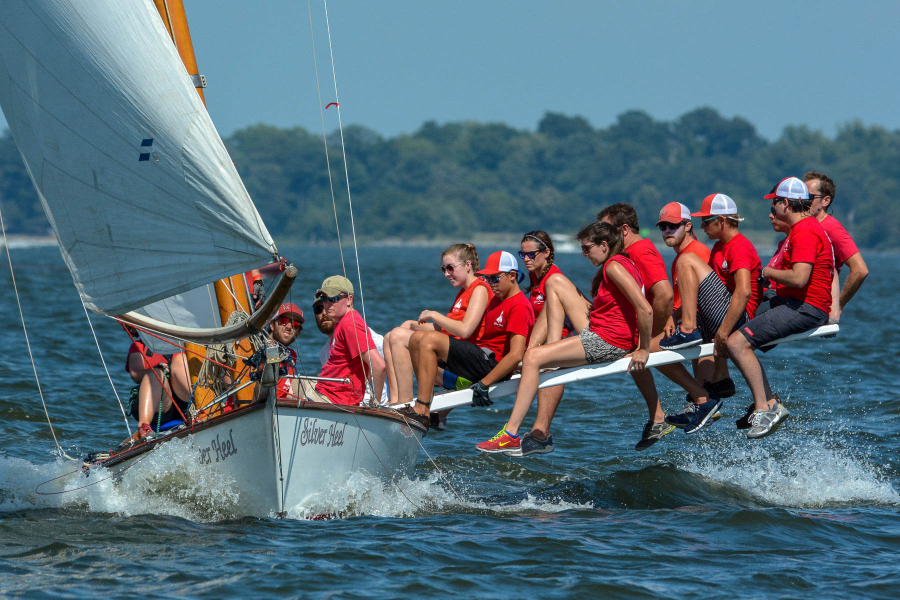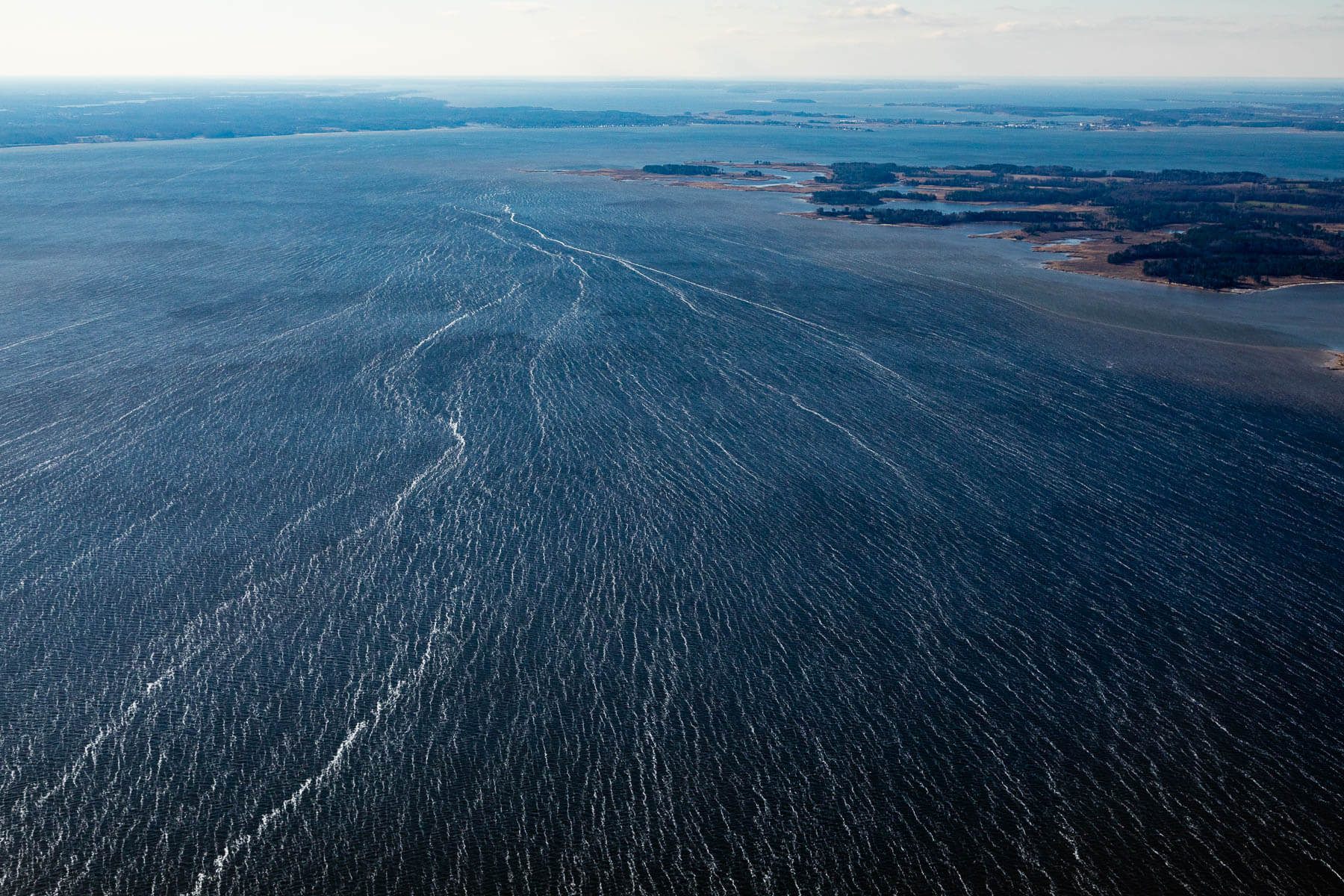How does wind impact the Chesapeake Bay?

It rules from the East. And from the West. Oh, and don’t forget the North and South too. What can demand one’s attention at one moment and the next be so easily ignored? The wind.
On the Chesapeake Bay, wind has many important roles. To start, it’s needed to mix the freshwater that comes from the watershed’s rivers and streams with the saltwater from the ocean. These bodies of water all meet in the Bay (a defining characteristic of an estuary) but the tide alone cannot get the job done, it needs help from the wind.
As it circulates the water, wind also stirs up the oxygen-rich surface waters with the lower depths to support marine life. When there is less wind, it reinforces stratification to divide the water into layers and stop oxygen from mixing, which is bad for critters at the bottom like oysters and worms. The circulation that occurs when freshwater and saltwater mix also disperses nutrients throughout the water. This helps nursery areas (the habitats for juvenile marine life) produce throughout the Bay.
Wind can also be good for those who make a living on the water. It blows in blue crab larvae from the saltwater back into the Bay and pushes food toward rockfish larvae. People recreating on the Chesapeake owe a lot of their enjoyment to wind. Sailors depend on a good breeze to tack and jibe on the open water. Paragliders point straight into wind to glide through the air. Paddlers can have a tough time dealing with crosswinds, but a direct wind makes the activity a breeze.

Of course, the wind also has its darker side. From the summer to fall, hurricane force winds that bend trees like rubber bands and produce waves 10 times the normal level can form on the Atlantic Coast. In 2020, Hurricane Isaias made landfall in North Carolina but traveled up the East Coast causing havoc on the Chesapeake Bay watershed. Hurricanes blowing in with their damaging winds are only becoming more frequent. In the Mid-Atlantic, there were nearly twice as many hurricanes between the years 2000 and 2020 as there was in the preceding two decades.
Wind is such an important factor that Chesapeake Bay Program scientists use it in models when replicating environmental conditions. Using state-of-the-art science and monitoring data, we can detect how wind affects different aspects of water quality. Remember how wind is needed to disperse oxygen in the water? Well, low-winds can be a contributing factor to hypoxia, which is when there is a depletion of oxygen in the water, which forms dead zones that threaten marine life. Using data on wind, scientists better understand what is causing hypoxia.
Most people do not think about the wind because no one can see it, but appreciation for such an elemental force should not be pushed aside. Wind will push right back to impact the physical, social and economic aspects of the Chesapeake Bay.

Comments
Very interesting and informative.
Thank you!
Your comment has been received. Before it can be published, the comment will be reviewed by our team to ensure it adheres with our rules of engagement.
Back to recent stories